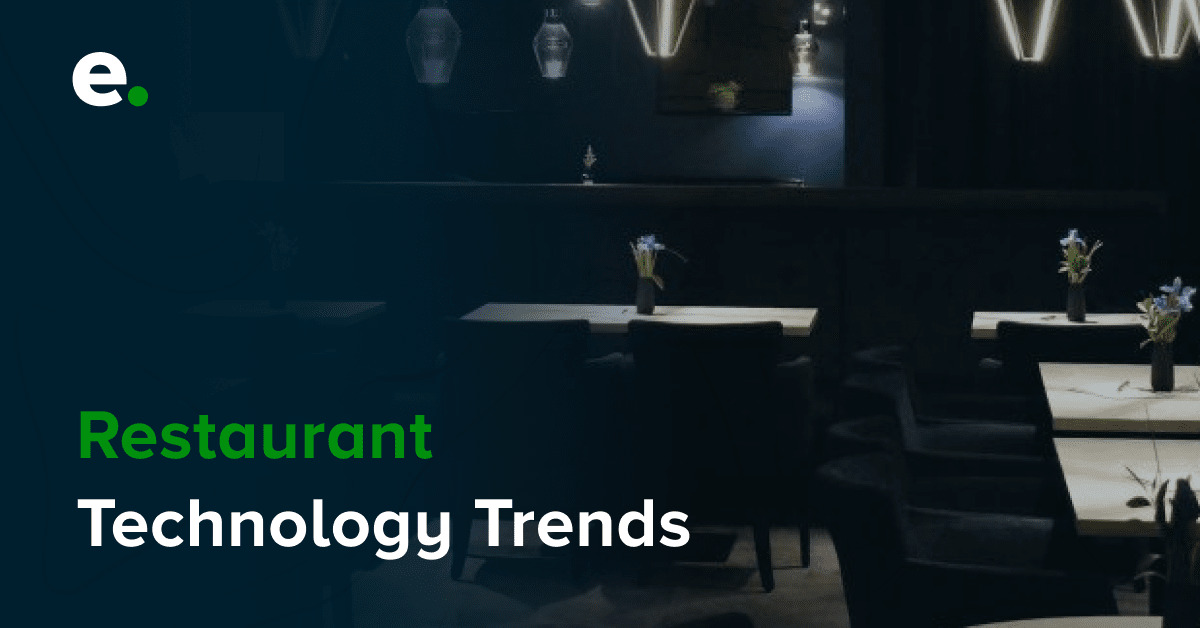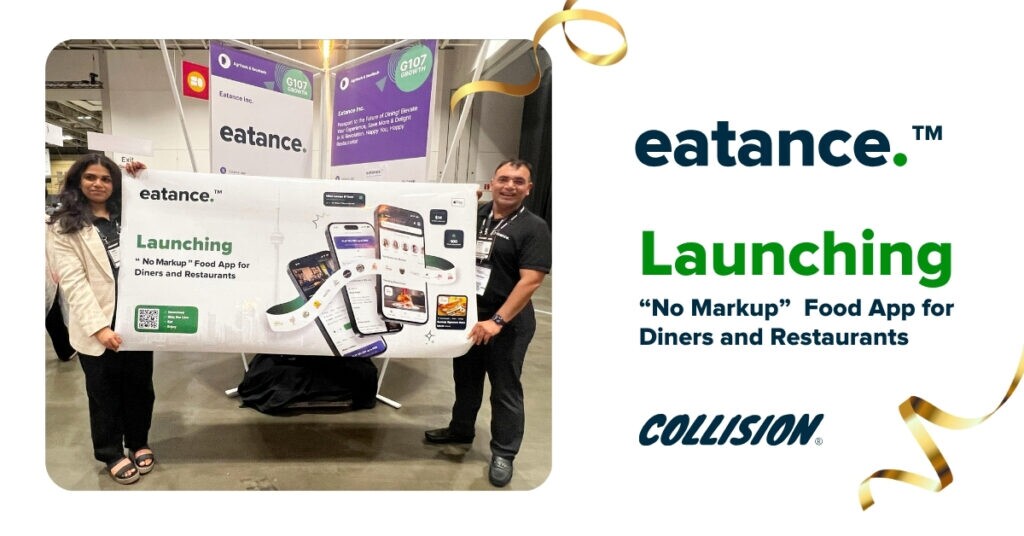We know how COVID-19 haunted humanity in the last few years, and none of us would like to relive those memories. But we cannot deny the fact that the pandemic did push digitization to a whole new level. The restaurant industry and its associated services were one of the beneficiaries of digitization.
On-demand food delivery apps, online grocery services, virtual restaurants, etc., are live examples of modern restaurant technology. And 44 percent of UK-based hoteliers agree that technology has helped them survive the tough times of the pandemic.
Technology is in a constant state of evolution and helps businesses adapt to the changing expectations of customers. This article will uncover some facts about restaurant technology and the new trends we can expect in 2023. So let us get to them!
1. Automation, AI, and Robotics
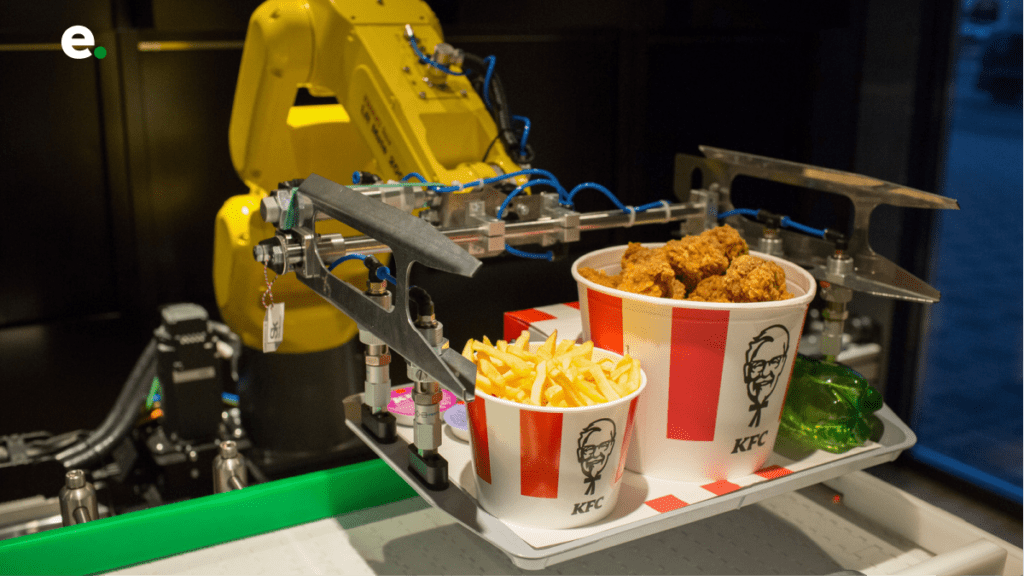 Source: KFC
Source: KFC
We have seen the potential of automation in manufacturing and food processing for some time, but now it is becoming popular among restaurant owners.
Automation, robotics, and AI help restaurants respond to high labor costs, staff shortages, and menu inflation. They can automate specific tasks or eliminate a few steps for staff. Thus, technology increases efficiency and product consistency, helping restaurants offer better service to customers.
For example, restaurants can use automation software tools to facilitate back-of-house operations like payroll. Restaurant payroll software (a part of ERP software) can process salaries and offers automated pay runs with tax payments, filings, and annual reports.
Restaurant automation tools can also automate price adjustments based on demand and timing. Dynamic pricing is a new concept in the restaurant industry. Restaurants use dynamic prices to navigate higher food costs due to challenges in the supply chain system.
Now, how does AI help the F&B industry? Well, you can already see AI implemented when you visit McDonalds or your favorite food joint next time. Check out the automatic conveyor belt ovens for pizza, kitchen display systems (KDS), and intelligent appliances like dishwashers and freezers.
2. Contactless Payment and Ordering Systems
 Source: MacDonald's
Source: MacDonald's
We spoke about the pandemic being a blessing in disguise for the digitization of the restaurant industry. Well, the demand for contactless processes has grown considerably since the onset of the pandemic. A US research suggests that 63% of restaurant operators in the country plan to invest in contactless menus and payment options in 2023.
QR code remains one of the best examples of contactless payments. Such options help increase your restaurant business turnover, optimize the operational flow, and give you access to customer data. You can use it to build a meaningful connection with guests.
The customer also gets many benefits from going contactless. It ensures secure payment transactions, higher order accuracy, and a better dining experience.
Must read: 5 Tips To Improve Food Delivery Customer Experience
3. Digital Loyalty Programs
Restaurant loyalty programs are a great marketing strategy to increase customer spending and encourage repeat business. And restaurateurs are investing in such programs to help diners cut expenses and still have a great time.
Loyalty programs started with old-school punch cards and have gone digital because the latter fulfills our need for contactless experiences. The best thing about loyalty programs is that they can be simple or complex. Most programs offer immediate incentives to food lovers, such as reduced prices on delivery. Besides, you can provide a free appetizer or dessert after a specified number of visits or orders.
You can integrate most digital loyalty programs directly into your restaurant POS, making tracking, personalizing, and redeeming rewards easier for everyone.
For Example: "Hut Rewards from Pizza Hut: A Striking Example of Digital Loyalty Program"
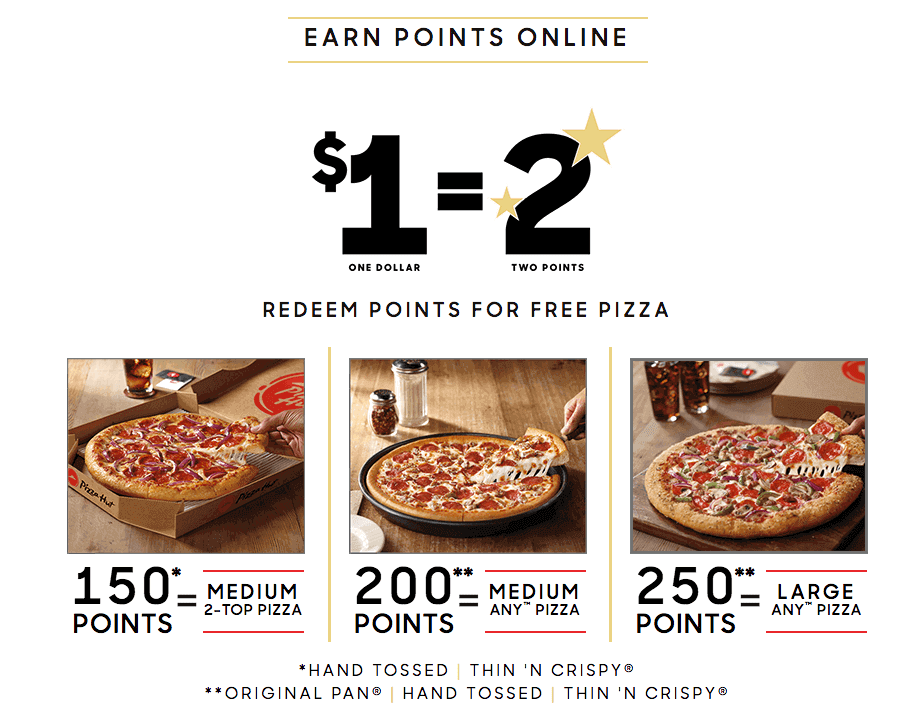 Source: Open Loyalty
Source: Open Loyalty
In 2017, the world-famous pizza joint introduced the Hut Rewards, a loyalty program designed to increase visit frequency and loyalty of Pizza Hut customers.
Once enrolled in the program, customers can earn points and reap program benefits immediately. Every dollar spent on food online brings you a step closer to a free pizza. Other benefits include exclusive promotional offers, birthday rewards, and more.
4. Online Order Aggregator App

The global online food delivery industry is growing massively every day and is estimated to become a $369.97 billion business by 2030.
Food service operators and E-commerce businesses have turned to online ordering systems and multi-restaurant aggregator apps (like Uber Eats) to meet increased demand. Their next step would be to optimize their online ordering operations and maximize revenue potential.
Online order aggregator software or apps help restaurants manage online orders effortlessly. It aggregates all your online food orders and synchronizes them with your POS, thus improving your operational efficiency.
Modern delivery management platforms go a step further than simple aggregator apps. They can help you manage your menus and stock and provide valuable insights into your sales and consumer behavior. Such systems also have the innate ability to integrate with other software systems and give you a 360° view of your business in real-time.
5. Virtual Restaurant
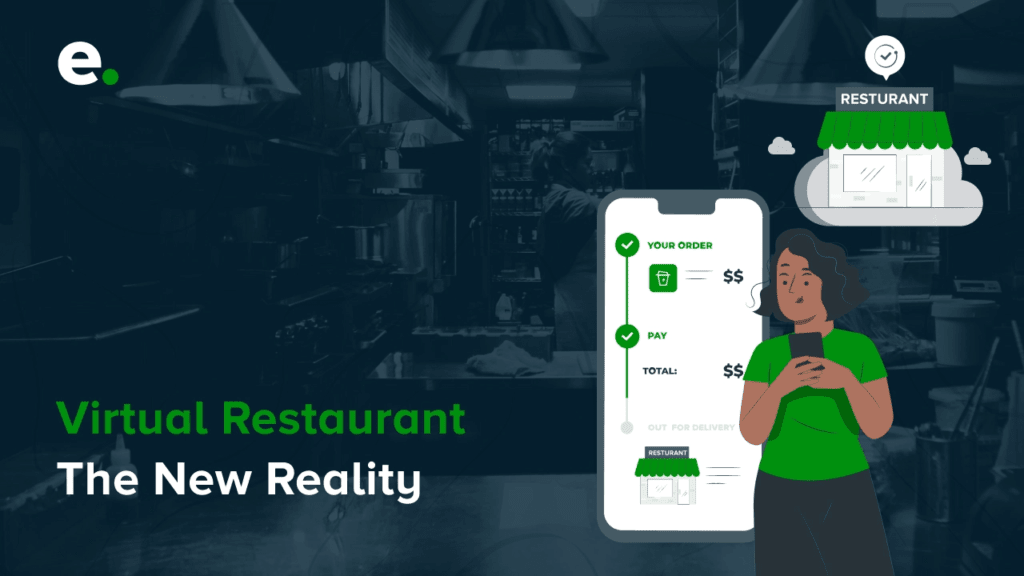
Food delivery started gaining popularity over dine-in by 300% since 2016. The traditional brick & mortar storefront took a backseat, especially during the pandemic.
A virtual restaurant is a commercial kitchen without the dine-options. It is about building a sales-optimized restaurant website or app with delivery or takeout food options. There are many benefits of opening up a virtual restaurant. Some of them are:
- Low capital investment.
- Flexibility with how you run the business.
- Business efficiency.
- Expansion opportunities.
If you want to open a virtual restaurant soon, Eatance is a leading virtual kitchen website provider across the United States & Canada in cities like Brampton, NewYork, Austin, and Chicago. The brand is famous for its multi-restaurant ordering feature. It can deliver food from multiple restaurants in one delivery order.
6. Food Delivery Robots and Drones
Yes, robots have found their way into the food delivery business! The use of autonomous vehicles in food delivery can solve problems for both operators and customers. It lowers labor costs significantly and removes the burden of tipping delivery drivers.
Dominos has already tested self-driving cars in Miami and Las Vegas successfully. It means that driverless cars can deliver food. And you may know that Google, Amazon, and Uber are also testing drone delivery. We can expect drones to complete about 15 deliveries per hour compared to three per hour via car.
You might think about the controversies surrounding the disadvantages of robot and drone delivery technologies. But their advantages will outweigh all the cons once we implement them in a regulated manner.
Are You Ready to Follow The Latest Trends In Your Restaurant Business?
Technology has become an integral part of the restaurant business. And implementing the latest technology in your business will make everyone happy. We understand that technology can be mind-boggling at times. So it is in your best interests to consult top restaurant tech companies in the industry before making any decision.
The ball is in your court now! Good luck.



